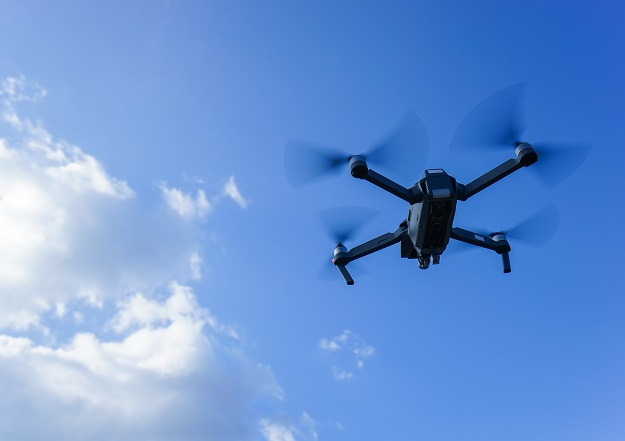
©stock.adobe.com/au/maroke
CASA has released its new regulatory roadmap for remotely piloted aircraft systems (RPAS) and advanced air mobility (AAM) in Australia.
The roadmap sets out the Authority’s intended approach to aviation safety regulations for RPAS and AAM for the next decade and beyond.
“We’ve developed the roadmap to set out our long-term plan for safely integrating these technologies into Australia’s airspace and future regulatory system,” said Program Manager, Sharon Marshall-Keeffe.
“While the roadmap sets out activities to achieve our current vision, we will continue to work with industry to review and update the roadmap to make sure it stays relevant and supports new technologies and innovation.”
CASA says the roadmap incorporates feedback obtained during a consultation period earlier in 2022. That consultation prompted 109 responses from individuals, RPAS pilot licence holders, training organisations, industry associations, government bodies and others in the aviation sector.
Amongst other things, the feedback suggested that:
- CASA should regularly review the roadmap to ensure it continues to reflect the needs of industry, and
- CASA’s timelines might not keep pace with anticipated technological developments
On the latter point, CASA said that it “will look to use tools such as regulatory sandboxes and digital enablement to help keep up with the progression of technology in support of future regulatory processes”.
The roadmap tackles a range of themes and breaks up its aims into a series of multi-year blocks. Amongst those aims are:
Aircraft and aircraft systems
- Review international frameworks, standards and methods for certification and assurance of RPAS. This includes consideration of adoption of FAA durability and reliability method for low risk RPAS.
- Review applicable maintenance policies for RPAS.
- Publish guidance on the evidence requirements from the original equipment manufacturer verse the operator for RPAS operational approvals.
Airspace and traffic management
- Research how existing separation standards may apply to RPAS and AAM and identify future changes required including conspicuity and equipage considerations.
- Review existing flight rules against the future needs for RPAS and AAM.
Operations
- Develop and publish further guidance material for RPAS operations already enabled in existing regulation, including acceptable means of compliance.
- Implement regulatory changes from the post implementation review of Civil Aviation Safety Regulations (CASR) Part 101.
- Conduct a gap analysis of CASR parts to identify regulatory changes required to support RPAS and AAM operations.
- Publish more standard scenarios and specific operation risk assessment (SORA) guidance for low risk RPAS operations and emergency services.
People
- Review current RePL requirements and consider renewal or currency requirements, class and type ratings, and endorsements.
- Engage with international aviation safety regulators to identify options for aligning RPAS training and licensing requirements.
- Review the competency and training requirements of operationally critical people involved in RPAS and AAM operations to identify future regulatory change needs.
- Consider medical standards for RPAS and AAM operators.
- Review and implement an alternative training and examination pathway for remote pilots conducting beyond visual line of sight (BVLOS) operations.
Safety and security
- Publish SMS guidance materials for RPAS operations.
- Set up RPAS focused safety education activities to promote CASA’s ‘just culture’ philosophy.
- Engage with law enforcement and other agencies to build understanding of their role in the enforcement of RPAS regulations.
- Consider data collection and uses to improve safety results.
The roadmap has been welcomed by industry groups such as the Australian Association for Uncrewed Systems (AAUS).
“For many years AAUS has been advocating for greater certainty to industry through the development of a roadmap and we see the release of this document as an important milestone for the RPAS and AAM sectors, giving them direction to investment and development as we move towards an uncrewed aviation future,” said Greg Tyrrell, Executive Director of the AAUS.
Stay up to date by getting stories like this delivered to your inbox.
Sign up to receive our free weekly Spatial Source newsletter.







